Superfoods: Lost crops of the Incas are missing link
Jill Gready, of the ANU, is on the hunt for produce that has huge genetic potential, writes <b>Susan Parsons</b>.
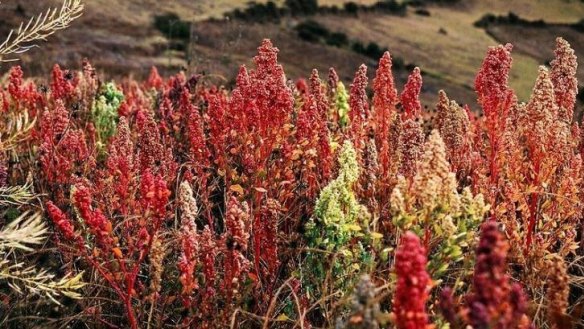
On April 30 I wrote about Mark O’Connor growing babaco, the mountain papaya of Ecuador. Luis Teran, who was born in Ecuador, was shown the article by a friend at work and he contacted O’Connor to say the best way to eat the fruit is to cook it with a little raw sugar, cinnamon and sultanas.
Teran is president of the Australia-Ecuador Friendship Association and Mark and Jan O’Connor and I were invited to join a lunch meeting of the group at the residence of the Ambassador of Ecuador, his excellency Raul Gangotena.
It was exciting to meet Ecuadorians and learn about their country. The ambassador served lunch that included Ecuadorian ceviche with prawns marinated in lemon with tomato, red onion and parsley, which is topped with corn – usually large kernel Andean or Cuzco corn – and accompanied by a cold beer.
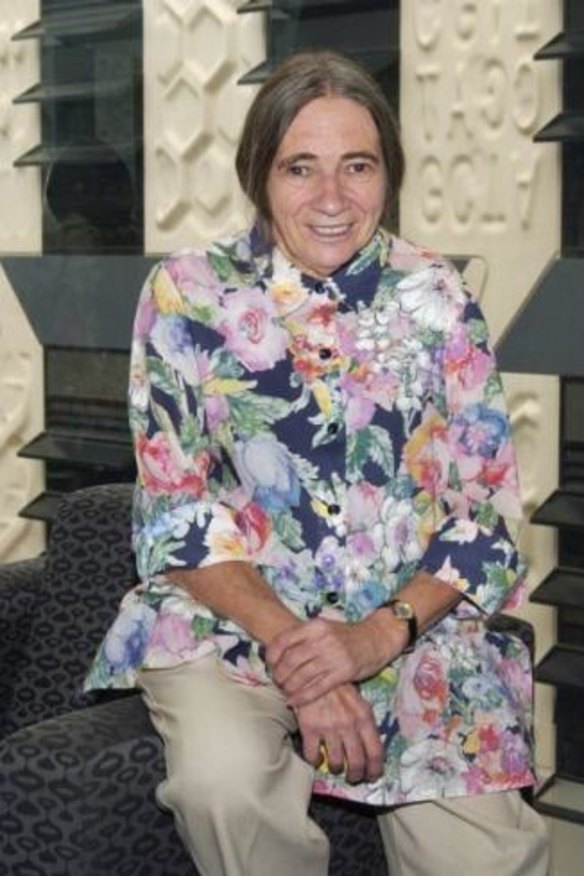
After coffee, an important crop of Ecuador, a guest, Professor Jill Gready, from The John Curtin School of Medical Research at ANU, told us about the lost crops of the Incas, super foods for the future that have greater productivity and nutritional return for the inputs used to grow them, such as fertiliser and water, than other crops and also better nutritional balance. These include quinoa, kaniwa and kiwicha and Andean-region native varieties of potato that have huge genetic potential.
Ambassador Gangotena and Professor Gready explained that the Genome Biology Department at ANU is collaborating with research institutions in Ecuador, including the Technical University of Ambato, to understand the genetic diversity of these crops.
Gready is searching for wild varieties of Incan crops with efficient versions of the photosynthesis enzyme rubisco, with the intention of breeding these qualities into better crops for farmers’ fields. Her portfolio of research earned Gready the 2013 Future Justice Prize.
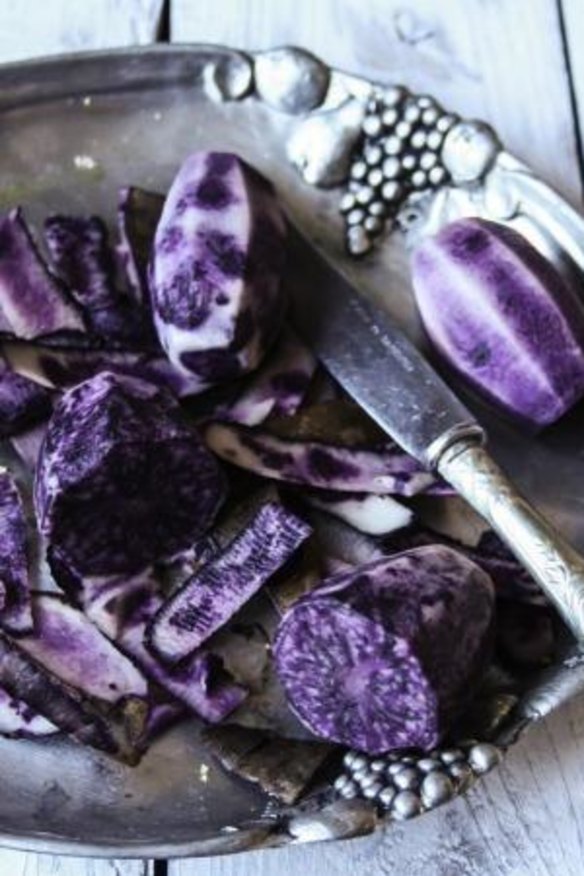
For The John Curtin School’s Open Day at ANU last August Gready’s group showed germination trials of quinoa seeds as part of their display. She says, "This hands-on stuff was very popular but the quinoa cookbooks were the biggest drawcard!"
They used quinoa seeds sold by Kindred Organic, the farm of Lauran and Henriette Damen on the north-west coast of Tasmania. These seeds germinated best but two imported Bolivian lots of seed also germinated well so Gready says a gardener can just plant quinoa seed from a product in the home kitchen.
In the Canberra Times Food and Wine Annual last December I asked who would be the first to raise the quinoa (Chenopodium quinoa) in Canberra. Gready grew the ancient grain at home, using Diggers Seeds, but it was planted too late to set seed. It needs to be sown in spring in a position that gets full sun. The leaves can be steamed and eaten like spinach.
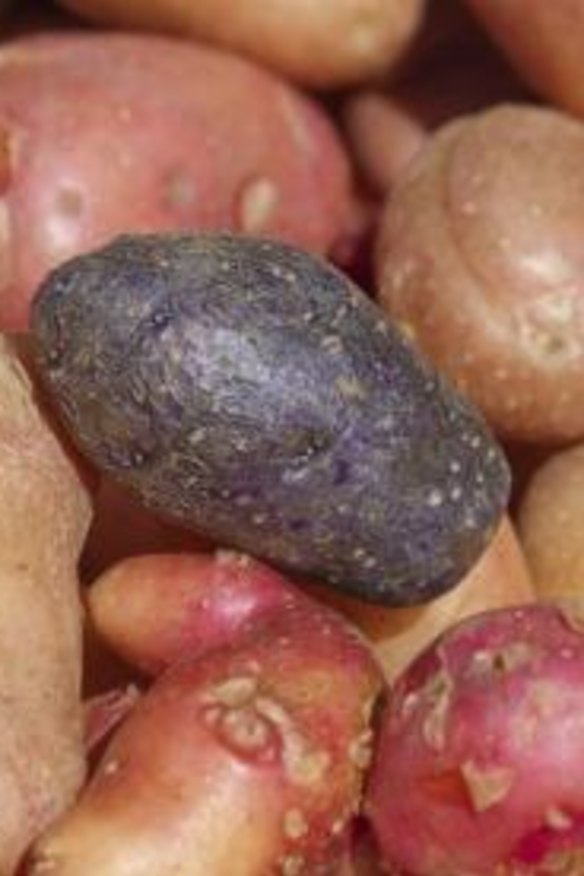
Last year she also grew Diggers' antioxidant combo collection of seed potato which has three varieties, purple Sapphire, red Cranberry and yellow gold Nicola. Gready says, "The health benefits of pigmented potatoes, with higher levels of anti-oxidants, have been recognised."
Gready has eaten most of the crop but left some in the ground as natural storage.
She says, “I sacrificed some of the seed potatoes and cut them in half for people to see on the Open Day. This was also a bit hit!”
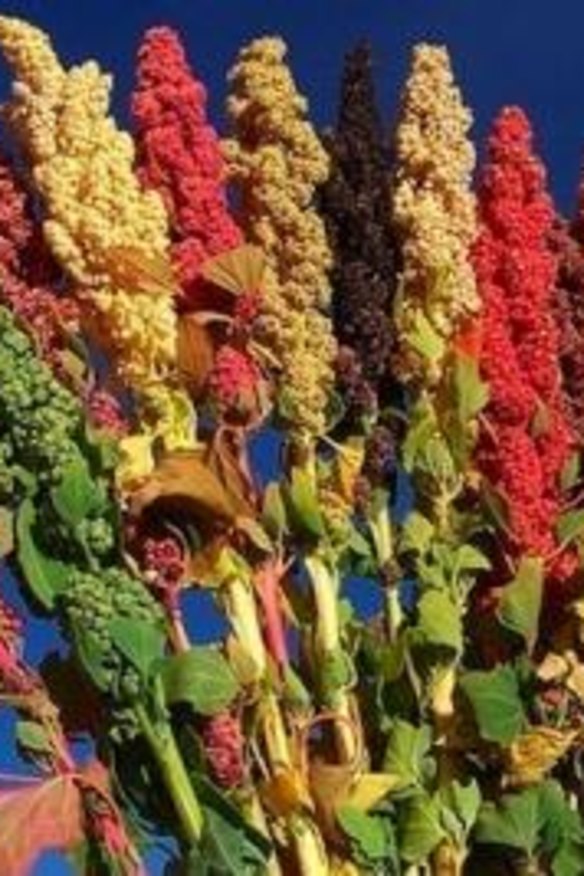
At home she grows favourite Tommy Toe and Black Russian tomatoes and Diggers’ Chilli Hellfire Mix, citrus including lemons, oranges, mandarins and cumquats and three dozen rose bushes. Ecuador is renowned for its roses and exports them all over the world.
Sitting next to me at the gathering were Gino Cordero and Ericka Carrera, who had recently arrived in Canberra from the Gold Coast to work and study. Carrera told me about fruits from Ecuador including plantain (verde), passionfruit (marecuya), tomatillo (tomate de arbol) and cassava (yuca). The fruit that has eluded them is the Golden Fruit of the Andes (Solanum quitoense) that yield juice that is a delicacy from which Cordero, a good cook, wants to make ice cream. Daley’s Fruit Tree Nursery stocks the plant, though it would be a challenge to grow in the Canberra climate.
Event: Professor Gready and her group, including two recently arrived Ecuadorian PhD students, will have a quinoa and potato display at The John Curtin School of Medical Research Open Day at ANU on Saturday, August 30, from 10am to 3pm. Visitors welcome.
Susan Parsons is a Canberra writer.
Restaurant reviews, news and the hottest openings served to your inbox.
Sign up